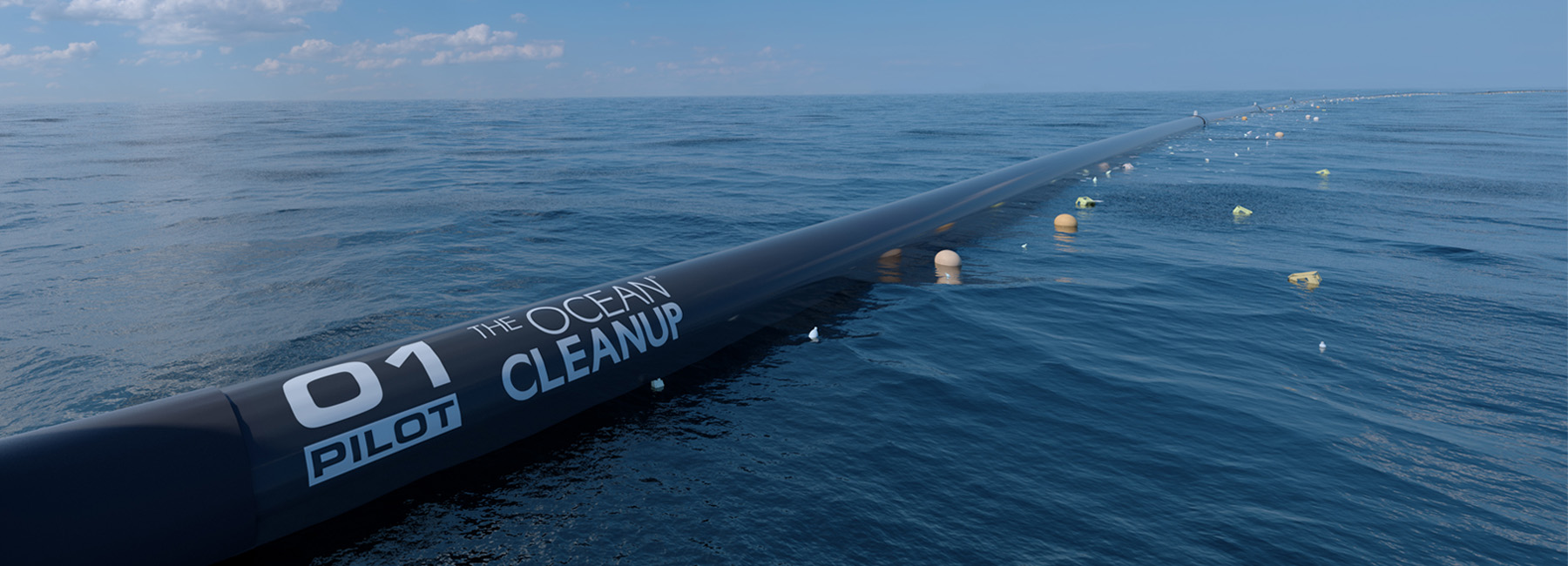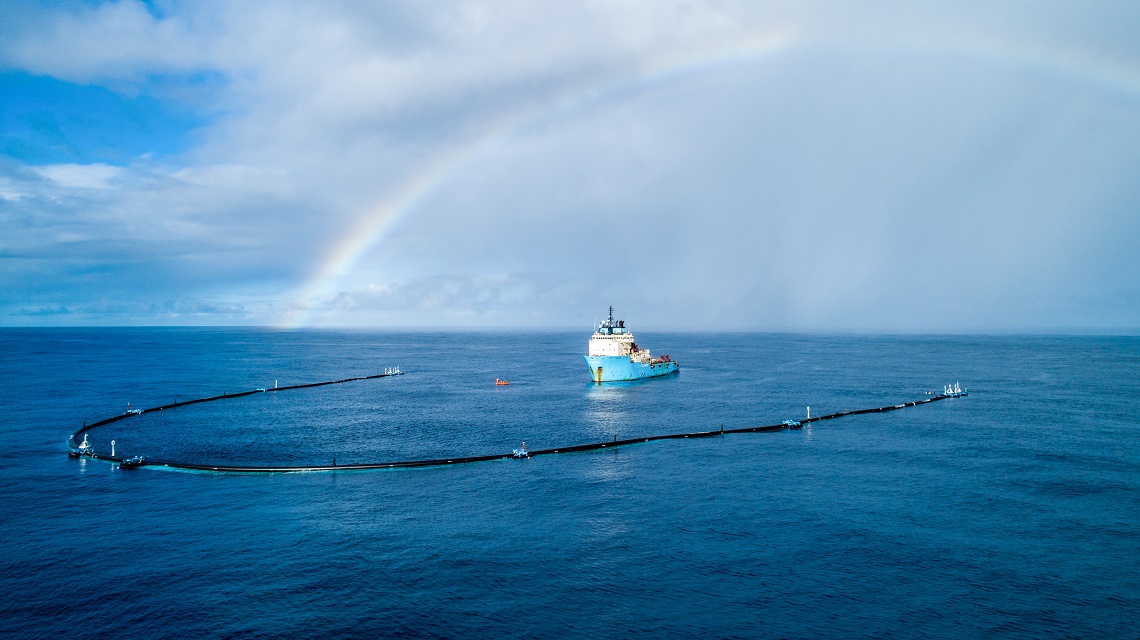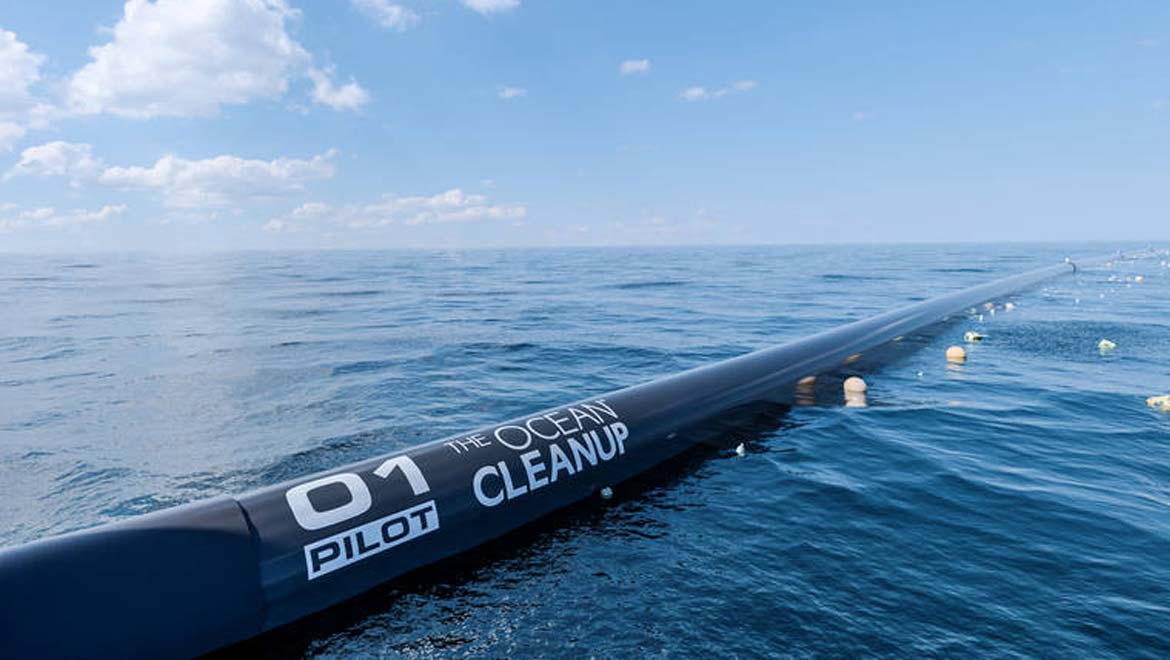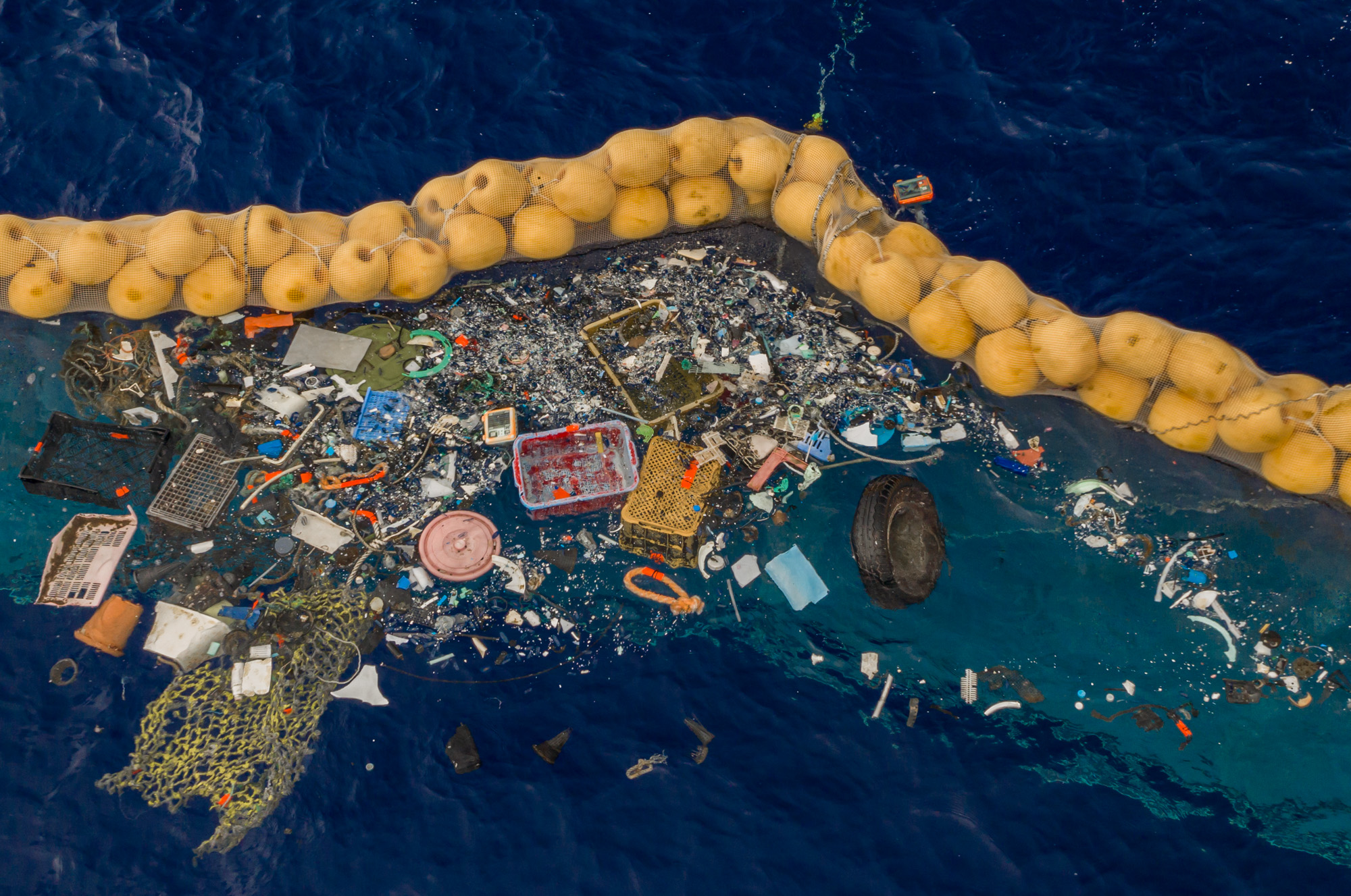

#Ocean cleanup full
Once Jenny is full of trash, workers empty the plastic onto the boat before taking it ashore to recycle. Guided by two boats, the half-mile-long installation works by catching large and small debris from the seawater in a funnel-shaped net. Their newest U-shaped net system, nicknamed “Jenny,” is their most successful iteration yet. Their 2018 model broke in the water, and their 2019 version lacked the trash-collecting efficiency needed to make a meaningful dent in the problem.
#Ocean cleanup Patch
In each of the ocean’s five gyres-one in the Indian, two in the Atlantic, and two in the Pacific-have accumulated their own garbage piles of varying size, with the Great Pacific Garbage Patch being the largest and most well-known.Ī post shared by The Ocean Cleanup Ocean Cleanup, which has the goal of removing 90 percent of floating ocean plastic by 2040, has been developing and testing multiple trash-cleanup prototypes for years with limited success. The Great Pacific Garbage Patch is rapidly expanding as rotating currents called gyres pull more and more trash into the area. The patch covers an estimated 1.6 million square kilometers-roughly three times the size of France-and currently floats between Hawaiʻi and California. The low-density mass of trash is invisible to satellites, and could even be missed by casual boaters or divers, reports Li Cohen for CBS News. The plastics, which usually range from plastic bottles to pieces of trash smaller than a grain of rice, are suspended in the upper water column. The majority of the Great Pacific Garbage Patch isn’t a solid raft of floating trash, but rather tiny pieces of plastic suspended in seawater.


During testing, the organization reported that the half-mile installation pulled a whopping 20,000 pounds of plastic from the ocean. “We need to clean the legacy, but we also need to tackle the source,” Slat said.The Pacific Ocean is home to a massive collection of floating trash twice the size of Texas called the Great Pacific Garbage Patch. How to address this ever-expanding accumulation of trash and debris has long stumped scientists, but a new approach from the non-profit The Ocean Cleanup is showing promising results. Reducing the existing patch is only one phase of the battle, though. Slat projects they will need 10 full-scale systems to clean the patch at a rate of just under 20,000 tons per year, which would put the group on par to reach its goal of reducing the mass by 50% in five years. While Jenny tackles the garbage patch, The Ocean Cleanup will work on a larger, full-scale cleaning system set to be released in summer 2022 that expects to be the blueprint for creating a fleet of systems. Slat said The Ocean Cleanup will shift its focus back to cleaning the patch on Friday, when Jenny, the prototype cleaning system, gets deployed back into the Pacific to collect anywhere from 22,000 to 33,000 pounds of waste every week.

That's where Slat hopes build up a fleet of cleaning systems that can greatly reduce the size of the waste patch over time. If it doesn't wash right back onto shore, debris flowing in from rivers can be pushed by ocean currents and end up in the North Pacific Gyre, one of the world's five major gyres and the glue that holds the Great Pacific Garbage Patch together. Another study, published in April, put that estimation between 880,000 and 3 million tons. A peer-reviewed study published in 2017 estimated between 1.27 million and 2.66 million tons of plastic waste flows into oceans via rivers every year. The patch is fueled in part by a steady stream of trash and debris that flows from rivers into oceans.


 0 kommentar(er)
0 kommentar(er)
